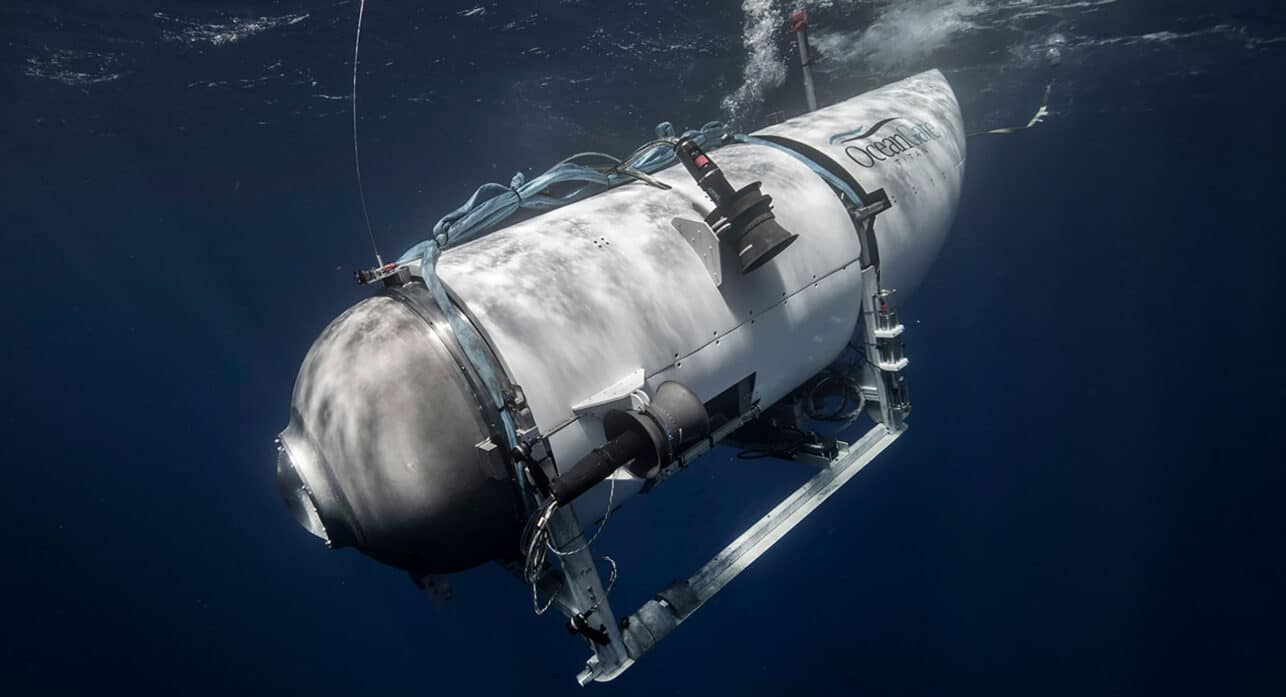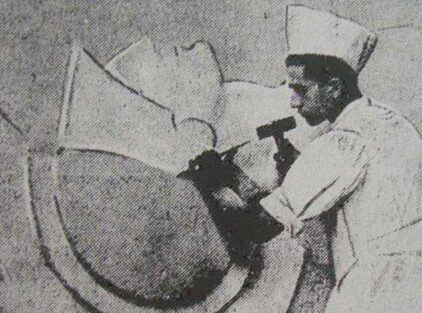By Christos Zampounis
He has dived 37 times in the wreck of the Titanic. The most recent, perhaps fatal, at the time of writing these lines, with about thirty hours of oxygen remaining for the five passengers of the submersible “Titan” – a submersible – the French say, wanting to point out the subtle difference with submarines for technical reasons. Although it is supposed to sail under the sea, it is a sous-marin. His name is Paul-Henri Nargeolet and he is a legend in his own country. He served as a commando in his country’s navy, and when he retired, he was recruited by the French Institute for Research and Exploitation of the Sea (IFREMER). In this capacity, he participated in the first expedition to discover the Titanic wreck. His compatriots, as I watch them comment from the telegraph and the Internet, are particularly proud of this, especially the fact that he oversaw the recovery of 5,000 objects from the sunken ocean liner: telegraphs, lamps, silverware, luggage, etc. His old diving colleagues confessed the concerns he had before his last mission, which concerned safety issues.
Even though he was in charge of the project and captain of the submersible, he had repeatedly expressed his concern about the size of the porthole, which would have allowed the passengers to have a better view of the wreck, but might not have been able to withstand the pressure at 4,000 metres below sea level. The author of several works on the Titanic, he was sent around the world to discover crashes, mainly of aeroplanes, in the oceans. At the age of 77, he was apparently oblivious to danger, although in a recent interview he stated that ‘at any moment our lives are at stake’. The adrenaline rush that comes with the risk one takes by participating in such expeditions is apparently the main motivation for his existence. If he survives, he may set himself other priorities.













